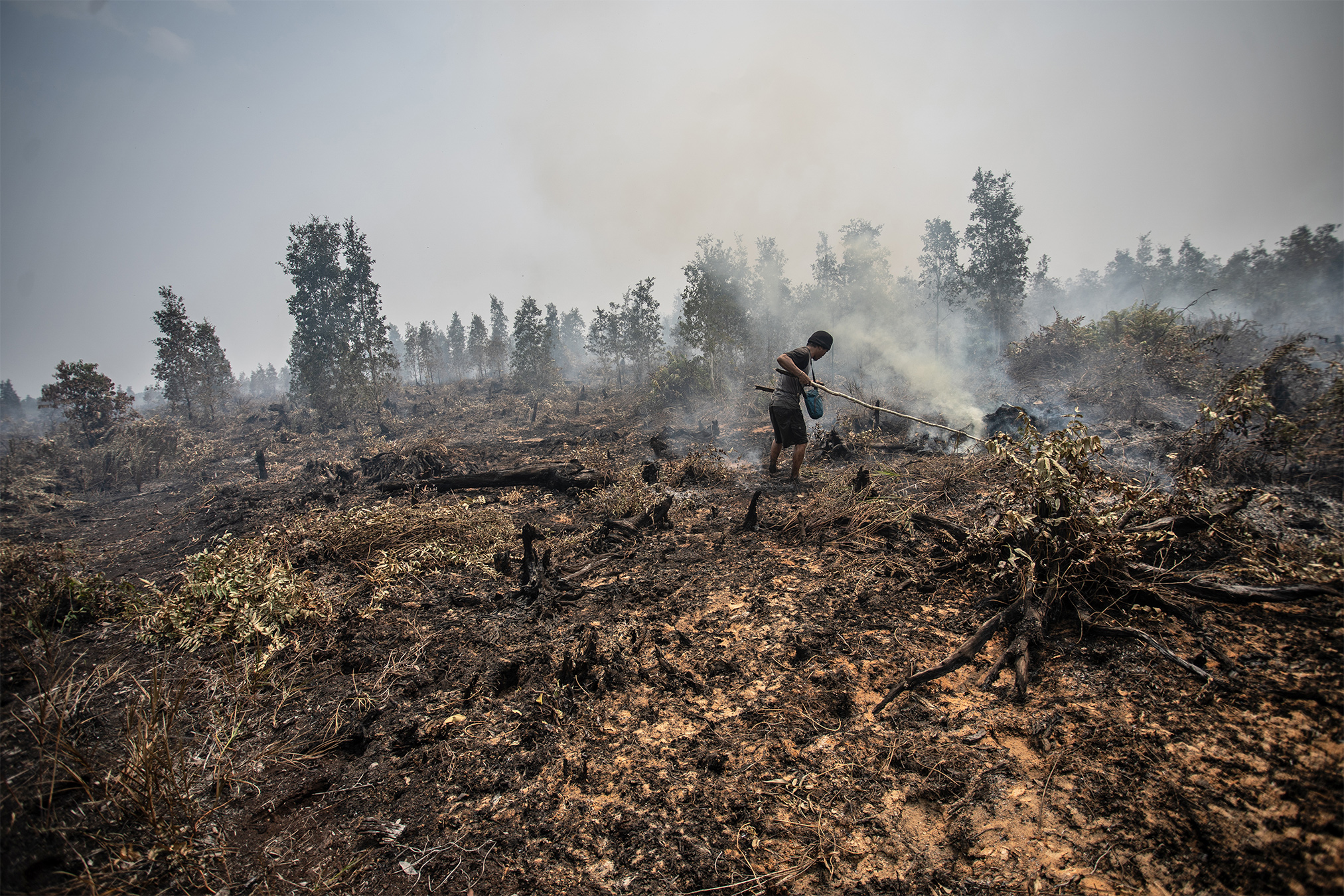Traditional Farming Practices of the Dayak People
The Dayak people of Borneo have a rich agricultural heritage that blends traditional farming techniques with sustainable practices that have been passed down through generations. Their farming methods not only ensure food security but also play a vital role in preserving the region’s biodiversity.
The Harmony of Forest and Farm
One critical aspect of the Dayak farming practices is the integration of agriculture within the natural ecosystem. By practicing swidden or shifting cultivation, they cultivate small plots of land for a few years before allowing the area to naturally regenerate. This cyclical approach maintains soil fertility, minimizes environmental impact, and allows for diverse crops to thrive, making it a sustainable agricultural model.
Sustainable Agroforestry Techniques
Dayak farmers are known for their expertise in agroforestry, where they grow a mix of crops, trees, and shrubs in the same area. This practice not only provides a variety of food sources but also supports the health of the soil and surrounding forests. By nurturing a diverse range of plant species, they create resilient ecosystems that are better equipped to withstand environmental changes.
Promoting Cultural Resilience and Biodiversity
Dayak farming practices are deeply intertwined with their cultural identity. Through rituals and ceremonies that honor the land and spirits, they maintain a spiritual connection with nature. This holistic approach to agriculture contributes to the preservation of traditional knowledge, biodiversity conservation, and sustainable land management.
Impact of Fire Regulations on Indigenous Livelihoods
Fire regulations play a crucial role in safeguarding lives and properties, but the impact on Indigenous communities can be complex and significant. Indigenous peoples often live in close connection with nature, relying on traditional practices that may conflict with modern fire regulations.
These regulations, while necessary for public safety and environmental protection, can disrupt Indigenous livelihoods based on controlled burning or other land management techniques. Such practices are deeply rooted in Indigenous culture and have been used for generations to maintain ecosystems, reduce the risk of catastrophic wildfires, and sustain biodiversity.
When stringent fire regulations impose restrictions on these traditional practices, it not only threatens the cultural heritage of Indigenous communities but also affects their economic well-being. The inability to carry out controlled burns can lead to increased fuel loads, escalating wildfire risks that pose a direct threat to Indigenous lands and communities.
Collaboration between regulatory bodies and Indigenous groups is essential to develop fire management strategies that balance safety concerns with respect for Indigenous knowledge. By incorporating traditional practices into modern fire prevention efforts, it is possible to mitigate the negative impact of regulations on Indigenous livelihoods while promoting sustainable land stewardship.
Exploring Alternative Livelihoods Beyond Farming
When considering transitioning from traditional agriculture, exploring alternative livelihoods can open up new opportunities. Diversifying income streams beyond farming can lead to financial stability and resilience in the face of changing circumstances.
Embrace Technology Trends
One way to venture into alternative livelihoods is by embracing technology trends. From e-commerce to digital marketing, technology offers various avenues for entering new markets and reaching a broader audience.
Identify Your Skills and Passions
Identifying your skills and passions is crucial when seeking alternative livelihoods. Leveraging your strengths and interests can guide you towards fulfilling and sustainable career paths beyond traditional farming.
Research Market Demand
Researching market demand is essential to determine viable alternatives to farming. Understanding consumer needs and trends can help you identify profitable opportunities in sectors like eco-tourism, renewable energy, or niche craft industries.
Network and Collaborate
Networking and collaborating with professionals in diverse fields can provide insights and potential partnerships for exploring alternative livelihoods. Building a supportive network can open doors to new ventures and mentorship opportunities.
Common Pitfalls to Avoid
When venturing into alternative livelihoods beyond farming, avoid the common pitfalls of insufficient market research, underestimating technological advancements, and overlooking the importance of networking. Stay informed, adapt to changing landscapes, and embrace innovation to succeed in your pursuit of alternative livelihoods.
The Future of Dayak Communities in a Changing Borneo
Breaking Down the Headlines
The future of Dayak communities in Borneo is at a pivotal crossroads as rapid development, environmental challenges, and cultural shifts impact their way of life.
The Bigger Picture
Dayak communities, known for their rich cultural heritage and intricate ancestral ties to the land, are facing increasing pressures from deforestation, land grabbing, and economic interests in Borneo. As the region experiences significant environmental changes due to logging, agriculture, and mining, the traditional lifestyle and spiritual connection to the land of the Dayak people are under threat.
What This Means Going Forward
The future of Dayak communities will largely depend on sustainable development practices, recognition of indigenous rights, and efforts to preserve their cultural heritage. Collaborative initiatives between local authorities, conservation organizations, and the Dayak communities themselves can pave the way for a more inclusive and resilient future. It’s essential to empower Dayak leaders, protect their land rights, and invest in education and cultural preservation to ensure the long-term sustainability and well-being of these communities amidst the evolving landscape of Borneo.
